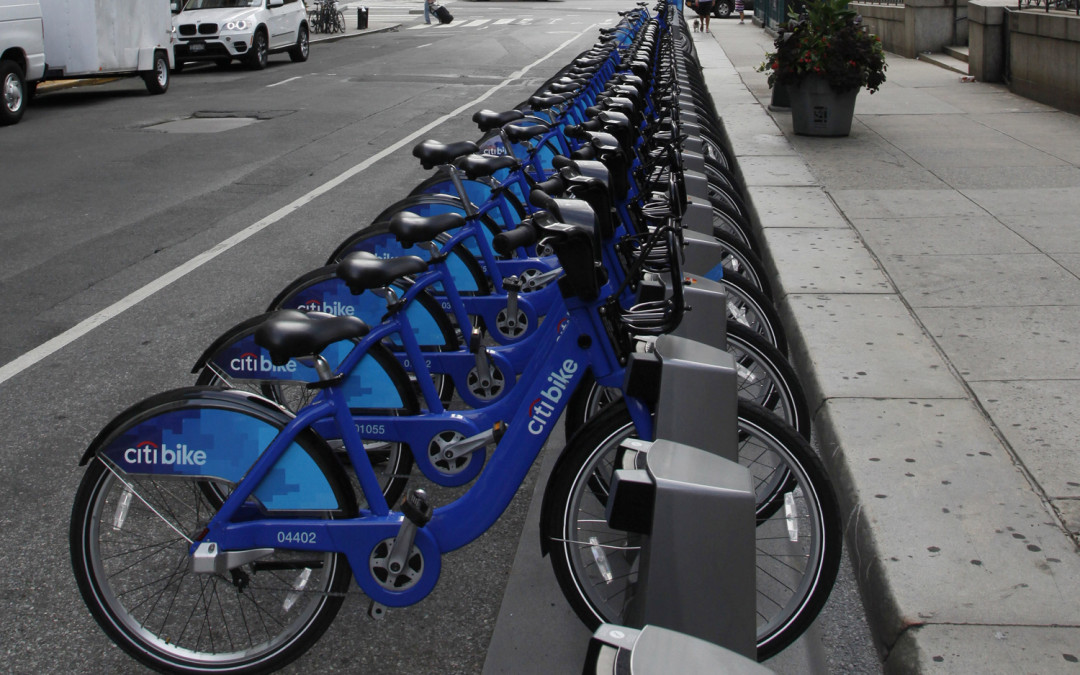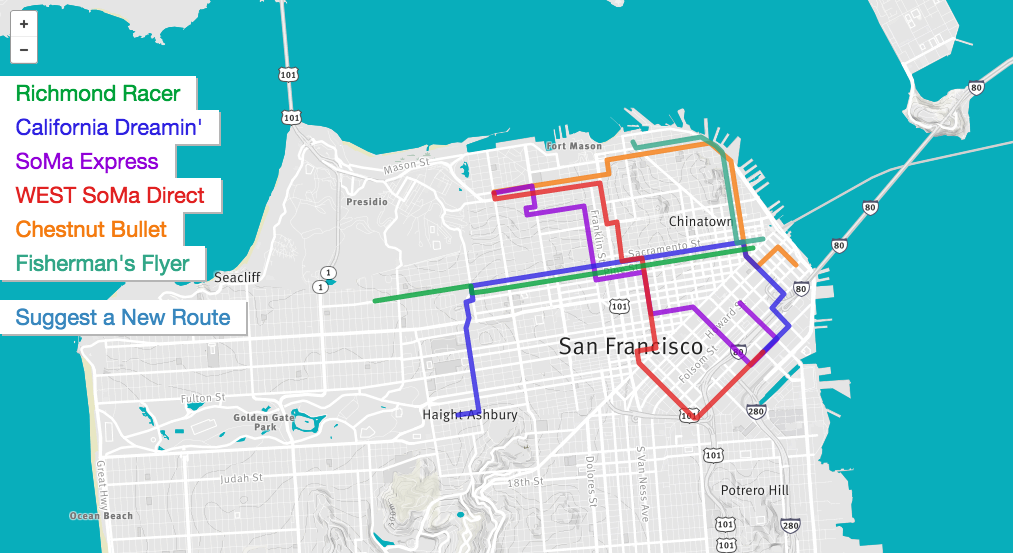
by Innovative Mobility Research | Jul 20, 2015 |
There is a growing recognition in the urban transportation field that systems must be more inclusive of low-income communities of color. Our research at UC Berkeley suggests five steps for building accessible systems. At UC Berkeley, we’ve learned from a range of city leaders and planners who are working at the cutting edge of accessible transportation development. In our last blog, we explained why there is no silver bullet for creating more inclusive transportation systems. Instead, cities need to support an assortment of policies and mobility options to meet a diverse range of trip types and be inclusive of the unique needs of low-income communities. Synthesizing lessons from organizations, like the San Francisco County Transportation Authority, Greenlining Institute and City CarShare, we developed a list of five steps that city leaders should consider when designing accessible and inclusive transportation systems in their cities: To read more, click...

by Innovative Mobility Research | Jul 20, 2015 |
Approximately four billion people currently live in urban environments around the world—a figure that is only expected to increase in the coming decades. While cities develop new transportation systems to support their current population and anticipated growth, many gaps exist in the transportation ecosystem. In the past few years, the sharing economy, or shared mobility, has grown to address these gaps, including the rise of bikesharing, carsharing and on-demand ride services. Today, these “shared mobility” services connect many people to their destinations, while others—namely, low-income communities of color—have often been left behind. And there is growing public recognition that we cannot be satisfied with the status-quo. As a result, many planners and transportation professionals are attempting to understand what it takes to create more accessible transportation systems in an era of diminishing public resources and expanding private transportation services. And like many complex urban issues, no one system or policy will be the silver bullet. Rather, cities need to provide a range of progressive policies and transportation choices, both public and private, to limit barriers and provide an array of opportunities for safe, efficient and inclusive transportation. In this blog, we share insights from a recent workshop that the Transportation Sustainability Research Center at the University of California, Berkeley hosted with the architecture and planning firm Perkins + Will. At the workshop, “Crossing the Digital and Income Divide: Making Mobility Innovations Accessible to All,” we featured an all-star panel of experts from the San Francisco Bay Area and explored the role of data, empathy, policy and funding to provide mobility services in low-income communities. To read more, click...

by Innovative Mobility Research | Jul 20, 2015 |
Now, however, the carsharing industry is at a turning point where evolving business models — round trip or one way? free-floating vehicles or cars docked at specific stations? — are poised to collide with parallel breakthroughs in ridesharing, electric vehicles and self-driving cars. Though big questions remain about demand patterns, who will drive these futuristic cars and what happens to the data collected by service providers, the opening to increase efficiency and ease congestion in a cost-effective way is increasingly compelling for a range of providers. “This allows flexibility for the operator to serve more people with a single car,” Susan Shaheen, director of Innovative Mobility Research at the University of California, Berkeley’s Transportation Sustainability Research Center, told GreenBiz. “When you look at bikesharing, the majority of systems are point-to-point, or one way,” Shaheen said. “About 80 percent of those trips are one way. It provides people with a higher degree of flexibility.” She pegs automakers — more specifically, higher end European automakers — as the leaders to date in one-way carsharing. Several providers favor “floating” models where cars can be parked anywhere, as opposed to more infrastructure-intensive station models like Zipcar’s. “I think that public transportation is a core service and that it needs to exist,” she said. “You’re not going to redistribute rail, but you could redistribute a bus line. You could change the size of a bus. You could make it on-demand.” To read more, click...

by Innovative Mobility Research | Jul 10, 2015 |
Last Wednesday, I had my first experience with microtransit, when I hopped into a black Jeep Patriot that pulled up to a specified spot outside my Washington, DC, office after work. On the way home, I chatted with the driver — a friendly, bearded guy named Dean — until, a few minutes later, he got a notification on a small tablet mounted next to the dashboard. The screen instructed Dean to alter his route by a few blocks to pick up another passenger, who got in the back seat. Then we continued onward. After I got out at my house, Dean drove the other guy home on a predetermined route, perhaps picking up more passengers along the way. Through my smartphone, I was charged $4.23 for the 2.5-mile, 12-minute trip — about half as much as an Uber would have cost. My ride was provided by the new startup Split — and some people think this sort of service could be the future of urban transportation. Split is just one of a number of companies springing up to offer transportation options that occupy a middle groundbetween the pricey convenience of taxis and the slow, cheap service of public transit. Although there isn’t a widely accepted name for these services, some people are calling them “microtransit.” Even if they are deemed legal, there’s also the broader question of whether these sorts of startups are good for cities in the first place. CityLab’s Eric Jaffe has written an excellent analysis of the pros and cons here. On the one hand, microtransit companies have the potential to reduce car use by allowing people...

by Innovative Mobility Research | Jul 10, 2015 |
New research into how people’s habits change shows that everyone benefits from car-sharing schemes − apart from car manufacturers who suffer a loss of sales. Car sharing is a growing social trend across Europe and North America and is expected to increase by 36% annually to 2020, especially in compact cities where people do not need a car every day but want to use one for family trips and holidays. Even in North America, where cities are more sprawling, research shows there were 23 car-share operators in the US in 2014. They had 1.3 million members, sharing 19,115 cars. In a survey conducted for the Transportation Sustainability Research Centre at the University of California Berkeley, investigations into the habits of 9,500 car-sharers showed that a quarter of the participants had sold their cars, and another quarter had postponed purchase of a new one. The researchers concluded that one shared car replaced between nine and 13 privately-owned cars. For each family, this meant a 34%-41% reduction in greenhouse gas emissions. To read more, click...






